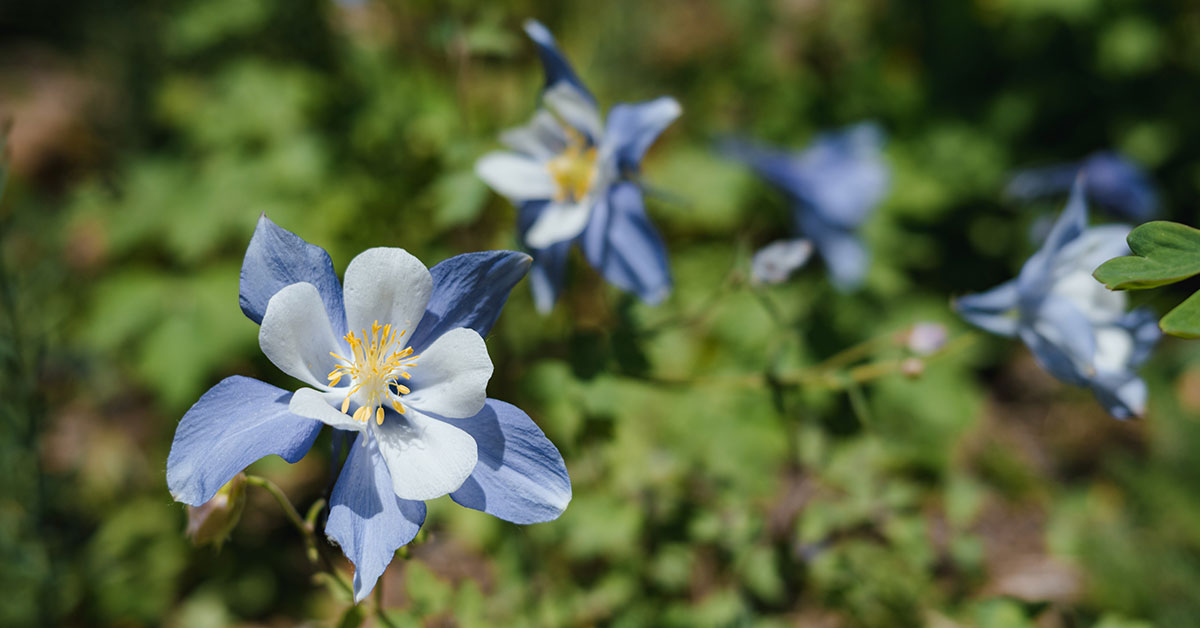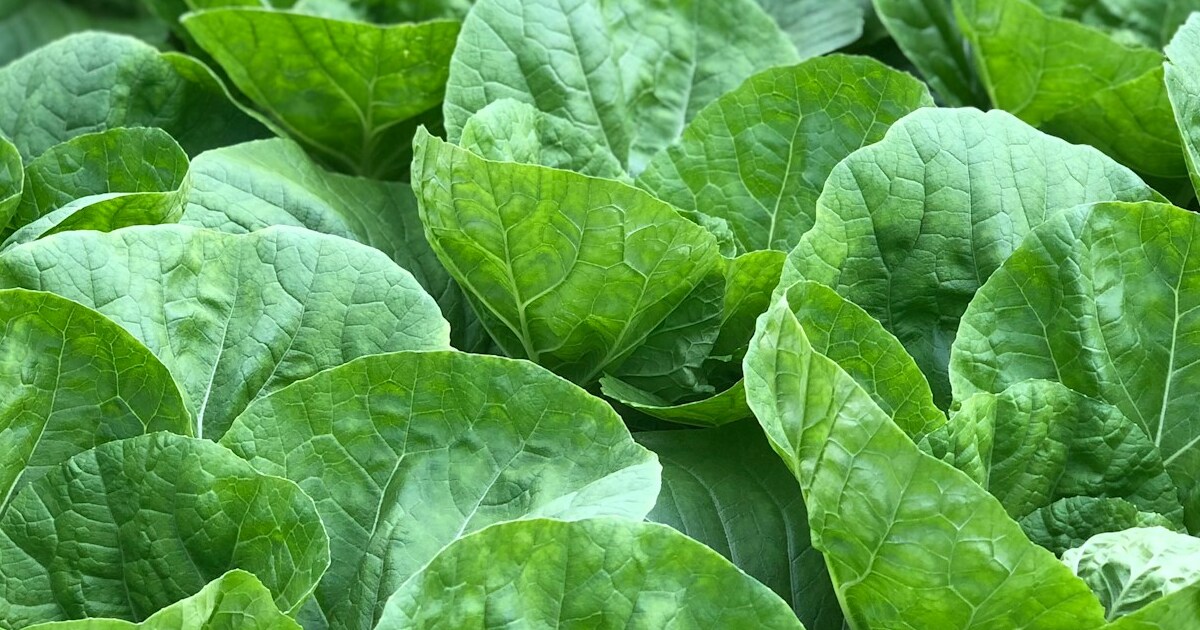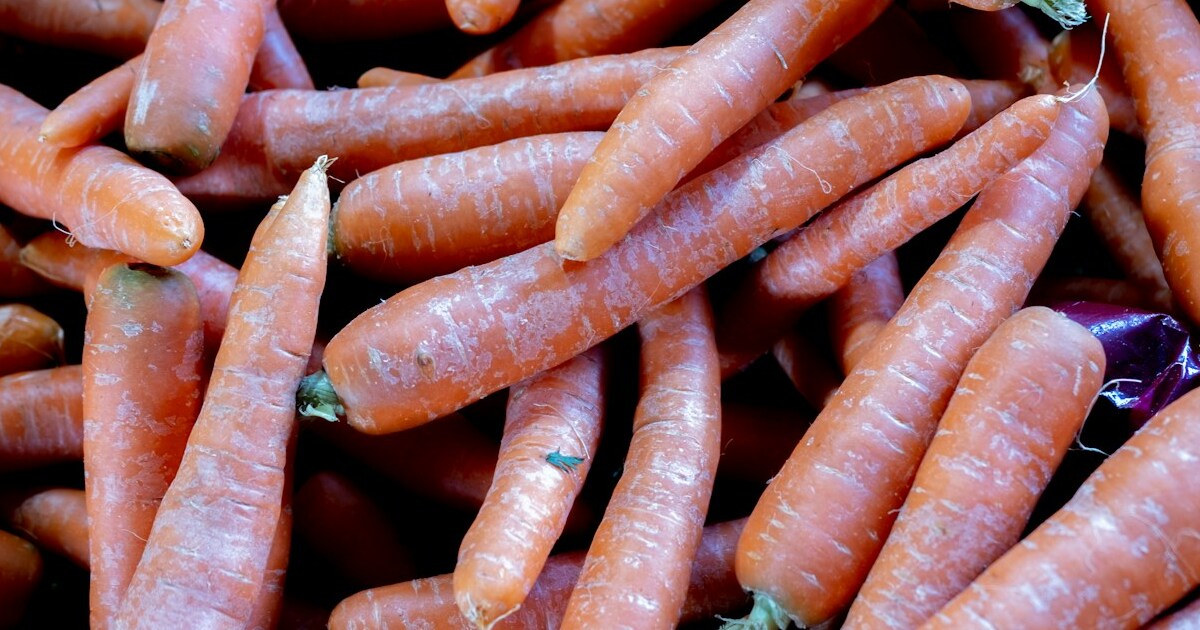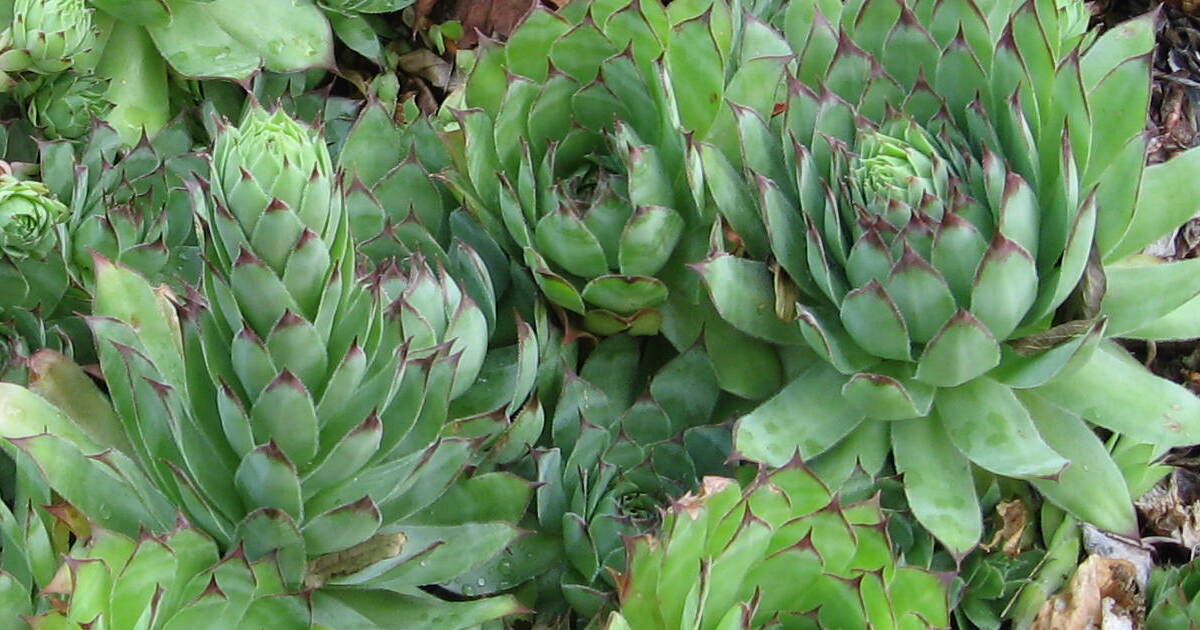Perpetual Spinach Chard is a versatile and hardy plant that is a fantastic addition to any garden. Providing a continuous supply of nutritious and delicious leaves throughout the growing season. Whether you’re a seasoned gardener or a newbie with a green thumb, Perpetual Spinach Chard is sure to captivate you with its vibrant colors, tender texture, and impressive health benefits.
In this article, we’ll delve into the fascinating world of Perpetual Spinach Chard, exploring its origins, cultivation techniques, and ways to enjoy this leafy green powerhouse in your everyday meals. So, grab your gardening tools, and let’s embark on a journey through the world of Perpetual Spinach Chard.
What is a Perpetual Spinach Chard?
Perpetual Spinach Chard, also known as perpetual spinach or spinach beet, is a leafy green vegetable that belongs to the beet family. Despite its name, it is not actually a type of spinach but rather a close relative to Swiss chard. Perpetual Spinach Chard is highly valued for its long harvesting period. Unlike regular spinach, which tends to bolt and become bitter in hot weather, perpetual spinach chard is more heat tolerant and resists bolting.
This means that it can be grown throughout the year, providing a continuous supply of fresh greens. The plant has large, green, and glossy leaves that are similar in appearance to spinach. The leaves are tender and have a mild, slightly earthy flavor that is often compared to spinach or Swiss chard. The stalks of perpetual spinach chard are thick, succulent, and can range in color from white to pink or red. This vegetable is not only delicious but also highly nutritious.
It is packed with essential vitamins and minerals, including vitamins A, C, and K, as well as iron, calcium, and potassium. It is also rich in dietary fiber and antioxidants, making it a great addition to a healthy diet. Perpetual Spinach Chard can be grown in various climates and soil types. It prefers well-draining soil and full sun to partial shade. It can be sown directly in the ground or started indoors as seedlings and then transplanted.
The plant is relatively low-maintenance and requires regular watering to keep the soil consistently moist. When harvesting perpetual spinach chard, you can pick individual leaves as they reach a desirable size, or you can cut the entire plant back at once, allowing it to regrow for subsequent harvests.
This continuous harvesting method makes it a popular choice for home gardeners and commercial growers alike. Overall, perpetual spinach chard is a versatile and productive vegetable that offers a reliable source of fresh greens throughout the year. Whether used in salads, stir-fries, soups, or simply steamed as a side dish, it is a nutritious and delicious addition to any meal.
What does Perpetual Spinach Chard taste like?
Perpetual Spinach Chard, also known as perpetual spinach or leaf beet, has a unique and delicious taste that sets it apart from other leafy greens. It offers a mild and slightly earthy flavor, with a hint of sweetness. The leaves are tender and have a pleasant, slightly crunchy texture when cooked just right.
When consumed raw, the taste of perpetual spinach chard can be described as refreshing and slightly tangy, similar to spinach but with a milder taste. The leaves have a delicate bitterness that is not overpowering, making it a great addition to salads or as a garnish.
When cooked, the flavor profile of perpetual spinach chard becomes more pronounced, yet still maintains its mildness. It pairs well with a variety of seasonings and ingredients, absorbing flavors beautifully. Cooked perpetual spinach chard has a soft and silky texture, making it a versatile and enjoyable leafy green to incorporate into various dishes.
Overall, perpetual spinach chard offers a delightful combination of mildness, earthiness, and a touch of sweetness, making it a versatile and enjoyable addition to any meal. Its unique taste adds depth to dishes while still allowing other flavors to shine.
How to start from seed
Starting Perpetual Spinach Chard is a fairly straightforward process. Here’s a step-by-step guide to help you get started:
- Choosing the right time: Perpetual Spinach Chard is a cool-season crop, so it’s best to start growing it in early spring or late summer/early fall when temperatures are cooler.
- Selecting the right location: Choose a spot in your garden that receives full or partial sun. Spinach Chard prefers well-drained soil, so ensure the area has good drainage.
- Soil preparation: Before planting, prepare the soil by removing any weeds or debris. Loosen the soil using a garden fork or tiller, and incorporate organic matter such as compost or aged manure to improve soil fertility and moisture retention.
- Sowing the seeds: Perpetual Spinach Chard can be directly sown into the garden or started indoors. If starting indoors, sow the seeds in seed trays or pots, around 4-6 weeks before the last frost date. Plant the seeds about half an inch deep, and keep them moist until they germinate. If directly sowing outdoors, plant the seeds at a depth of half an inch and cover them lightly with soil.
- Thinning the seedlings: Once the seedlings have emerged and grown a few inches tall, thin them out to provide sufficient space for growth. Space the plants about 6-8 inches apart, allowing them to develop into healthy, robust plants.
- Watering: This plant requires consistent moisture to thrive. Water the plants regularly, aiming to keep the soil evenly moist but not waterlogged. Avoid overhead watering to prevent leaf diseases; instead, water at the base of the plants.
- Mulching: Applying a layer of organic mulch around the plants will help retain soil moisture, suppress weed growth, and maintain a more consistent soil temperature. Use materials like straw, wood chips, or compost for mulching.
- Fertilizing: Spinach Chard benefits from regular feeding. Apply a balanced organic fertilizer or compost around the plants every four to six weeks to provide them with the necessary nutrients.
- Harvesting: It can be harvested as baby greens or as mature leaves. Start harvesting the outer leaves when they reach around 6-8 inches in length. Avoid cutting too many leaves at once, as this can weaken the plant. Harvesting regularly will encourage continuous growth and a longer harvest period.
- Pests and diseases: Monitor your plants regularly for pests like aphids, slugs, or leaf miners. If any issues arise, use appropriate organic pest control methods to protect your crop. Keep an eye out for common diseases like powdery mildew and treat them accordingly.
Following these steps should help you successfully start and cultivate Perpetual Spinach Chard in your garden. Happy gardening!
Planting and growing Perpetual Spinach Chard
Planting and growing Perpetual Spinach Chard can be a rewarding experience. Here are the steps to successfully plant and grow this nutritious leafy green:
- Choosing the right location: Select a sunny spot in your garden that receives at least 6-8 hours of direct sunlight daily. Ensure the soil is well-draining and fertile.
- Soil preparation: Before planting, prepare the soil by removing any weeds, rocks, or debris. Loosen the soil with a garden fork or tiller to improve drainage and root penetration. Incorporate organic matter like compost or well-rotted manure to enrich the soil.
- Planting time: Perpetual Spinach Chard can be planted in early spring or late summer/early fall. Check the recommended planting dates for your specific region.
- Seed sowing: Sow the chard seeds directly into the garden bed. Make shallow furrows about 1 inch deep and 12 inches apart. Place the seeds about 1 inch apart within the furrows. Cover the seeds with soil and gently firm it down.
- Watering: Keep the soil consistently moist during germination and establishment. Water the seeds immediately after planting and then regularly, ensuring the soil doesn’t dry out. Avoid overwatering, as it can lead to root rot.
- Thinning: Once the seedlings have grown to a few inches tall, thin them out to provide adequate space for growth. Space the plants about 6-8 inches apart to allow room for the leaves to develop fully.
- Mulching: Apply a layer of organic mulch around the plants to conserve moisture, suppress weed growth, and maintain an even soil temperature. Suitable mulch materials include straw, shredded leaves, or grass clippings.
- Fertilizing: Chard is a heavy feeder, so it benefits from regular fertilization. Apply a balanced organic fertilizer or a slow-release granular fertilizer according to the package instructions. Repeat the application every 4-6 weeks throughout the growing season.
- Pest and disease control: Keep an eye out for common garden pests like aphids, slugs, and leaf miners. Remove any infested leaves promptly, and consider using organic pest control methods if necessary. Chard is generally resistant to diseases but keep an eye out for signs of fungal infections or leaf spot, and promptly address any issues.
- Harvesting: Begin harvesting the outer leaves when they reach 6-8 inches in length. Cut the leaves near the base, leaving the center of the plant intact for continuous growth. Regular harvesting encourages new leaf growth and prolongs the harvest season.
By following these steps, you can enjoy a bountiful harvest of Perpetual Spinach Chard throughout the growing season. Happy gardening!
When to harvest
The best time to harvest Perpetual Spinach Chard is when the leaves are young and tender, typically around 6-8 inches in length. This is usually about 60-70 days after sowing the seeds. However, you can also harvest the larger leaves if you prefer a more mature taste. It’s important to regularly harvest the outer leaves to encourage continuous growth and ensure a longer harvest period.















